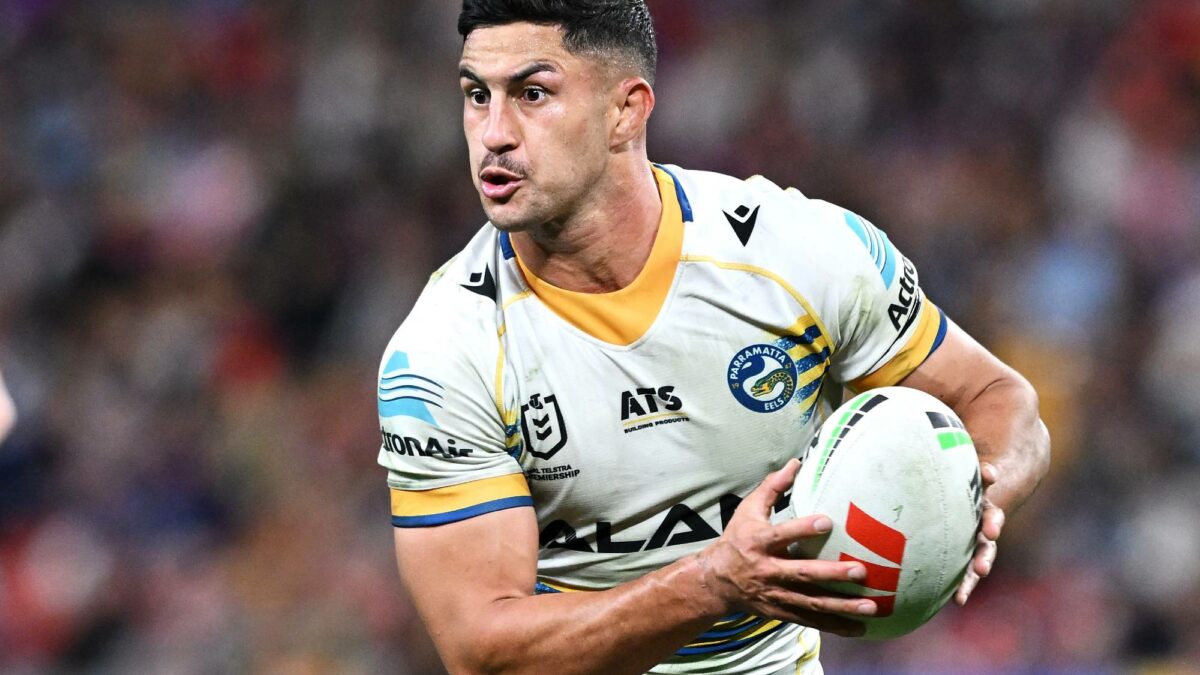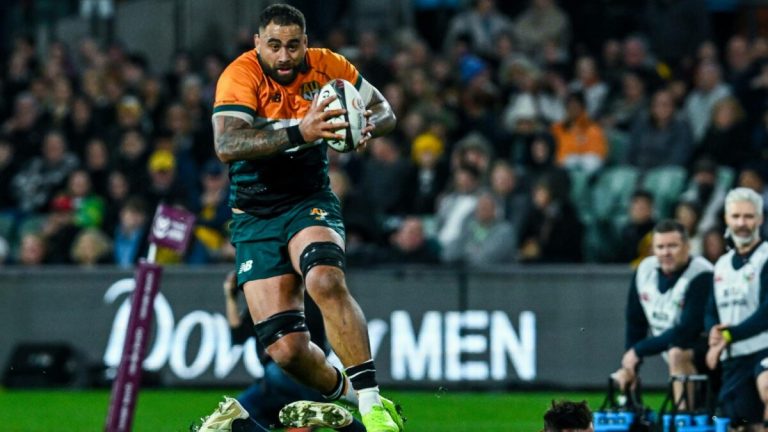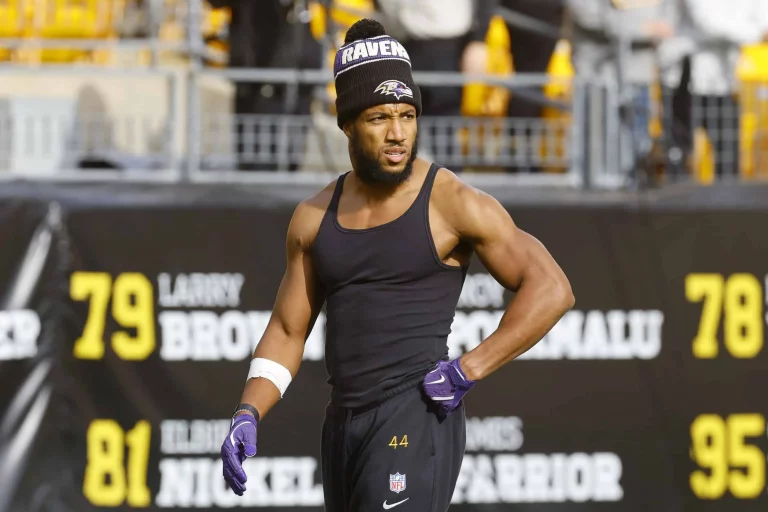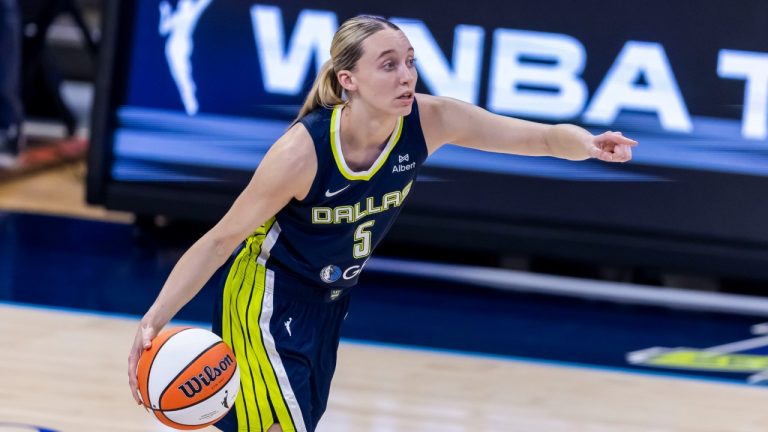The transfer window system across professional sports has long been a contentious topic.
Originally introduced to ensure structure, fairness, and strategic squad building, it has evolved into an arena of commercial interests, player rights, fan discontent, and club politics.
This situation is especially evident in the NRL where the current transfer system has incited intense debate from all sectors of the game.
Transfer windows were established across professional sports to bring organisation and fairness to player movement.
By limiting transfers to specific periods, these windows aim to prevent wealthier or more powerful clubs from exploiting their resources to sign players at will, thus preserving competitive balance.
They also encourage clubs to engage in long-term planning and help stabilize team rosters during active competitions.
The intention is to maintain a level playing field and uphold the integrity of the league. However, in practice, particularly in the NRL, these mechanisms have often fallen short of their theoretical goals.
Instead of promoting fairness, they frequently create confusion, disrupt team cohesion, and spark controversy, underscoring the gap between the intended and actual outcomes.
The NRL’s transfer system has become a source of ongoing frustration, allowing players to sign contracts with rival clubs more than a year in advance while still playing for their current team.
This practice leads to awkward scenarios where athletes publicly commit to future employers mid-season, creating “lame-duck” situations. Fans question player loyalty as they watch stars perform for teams they are set to leave, while teammates and coaches must manage the fallout internally.
A notable example occurred in 2022 when Viliame Kikau signed with the Bulldogs while still playing for the Panthers. A photo of him in Bulldogs gear leaked months before his official move, sparking outrage among supporters and igniting debates about professionalism and respect for the jersey.
These situations damage team morale, erode fan trust, and harm the overall image of the competition.
The complexities of the NRL’s transfer system have triggered widespread concern across all key stakeholder groups, each impacted differently. Fans often feel betrayed when players commit to rival clubs’ mid-season, making it difficult to stay emotionally invested in their team.
Clubs face planning challenges as early departures can disrupt squad balance and force reactive recruitment. Players themselves carry the emotional burden of public scrutiny, with their loyalty constantly questioned, which can negatively affect their performance.
The media capitalises on the drama, fueling speculation and controversy that heighten tension, while sponsors find themselves in a difficult position, aligning their brand with athletes who may soon represent another club, potentially diluting their marketing message.

Lachlan Galvin of the Wests Tigers (Photo by Mark Metcalfe/Getty Images)
This collective unease underscores the far-reaching impact of the current system. When compared to other major sporting codes, the NRL’s transfer model is particularly unconventional and problematic.
In football (soccer), strict transfer windows in July–August and January restrict movement to set periods, maintaining in-season stability.
Pre-contract agreements within the final six months of a player’s contract, thanks to the Bosman ruling, are typically kept discreet.
The AFL restricts trades and free agency to the post-season, reducing in-season distractions and speculation. The NFL and NBA also operate with tightly structured trade and free agency windows, mostly occurring in the off-season, with in-season movement being rare and highly regulated.
In stark contrast, the NRL permits players to publicly sign contracts with rival clubs as early as November 1 , which is as much as 11 months before the player switches teams.
Canterbury general manager Phil Gould has been one of the most vocal critics, advocating for a complete overhaul. He proposes replacing the existing open-ended approach with dedicated mid-season and post-season trade windows to bring more structure and transparency to the process.
NRL CEO Andrew Abdo acknowledges the discomfort the system causes among fans but defends the current model by stressing the importance of protecting players’ rights to employment freedom.
Similarly, the Rugby League Players Association (RLPA) supports the system in its current form, arguing that it provides players with vital long-term financial security.
Fixing the NRL’s transfer system is far from straightforward due to a range of legal, structural, and governance challenges. At the core of the issue is player employment rights – restricting when athletes can negotiate contracts could breach labor laws and infringe on their freedom to secure future employment.

NRL CEO Andrew Abdo. (Photo by Mark Metcalfe/Getty Images)
Additionally, any major changes to player movement rules must align with the existing Collective Bargaining Agreement, requiring negotiation and approval from the Rugby League Players Association, making unilateral decisions by the league impossible.
Unlike global sports such as football (soccer) that benefit from FIFA’s standardised international transfer window regulations, rugby league operates without a unified global governance structure. This lack of cohesion between domestic and international leagues further complicates efforts to implement consistent and enforceable transfer rules, putting the NRL in a uniquely difficult position for reform.
While there may be no perfect solution to completely resolve the NRL’s transfer issues, a series of measured reforms could strike a balance between stakeholder interests and the realities of modern professional sport.
One option is to introduce a designated transfer window from the end of the Grand Final through February to eliminate awkward mid-season announcements and allow clubs to plan more orderly fashion, even though some players may face uncertain contract situations.
Another solution is to permit negotiations at any time, respecting employment rights, but ban public announcements until the season concludes, mirroring practices in US sports.
A mid-season trade window could be trialled, offering clubs a short period (around Round 12) to make strategic roster moves, boosting fan and media engagement. To address player retention without curbing freedom, salary cap incentives could reward clubs for loyalty, providing relief for long-serving players and encouraging stability.
Finally, stricter anti-tampering rules, targeting unofficial approaches before the official negotiation window opens, could help restore trust in the system.
While not perfect, these reforms offer a more structured and respectful approach to managing player movement in the NRL. Again, these measures will be hard to enforce given constant media coverage driving narratives around players considering joining other clubs.
The NRL’s current transfer window system is one of the rare mechanisms in professional sports that consistently alienates its fan base, fosters internal discord, and yields limited upside beyond player flexibility.
The game now stands at a crossroads: adapt and introduce transparent, fair, and fan-friendly transfer protocols, or risk continued erosion of trust from the supporters who are the heartbeat of the competition.
No system will ever be perfect, but remaining static amid mounting frustration is no longer viable. Evolution isn’t just advisable, it is imperative for the integrity and future of the sport.






